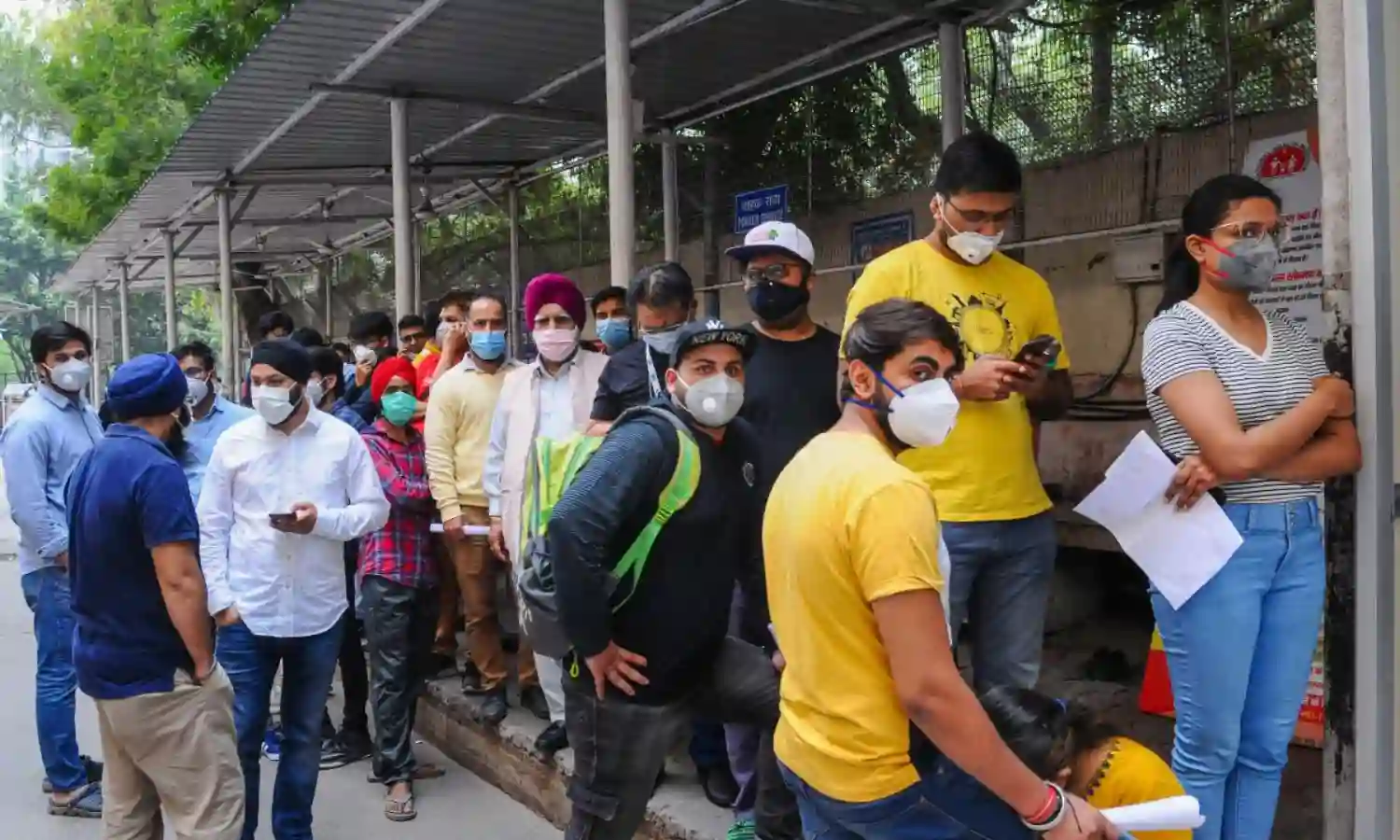Coronavirus Defies Politics
Pandemic spread

At the center of extreme right-wing regimes of the globe is utter callousness with which human lives are accounted for and dealt with, ironically in a system of governance that is centralized, consolidated, and authoritarian.
The centralized authoritarian power is deployed in such governments to organize and catalyse deep inequalities that benefit the powerful while simultaneously attacking the lives and livelihoods of the underclasses.
In India, as the underclasses—the migrant workers that make up the infrastructures of its urban development imaginary— were expelled into the pathways of COVID-19 exposure, the methods of governmentality were pitched by the discursive regimes as strong governance. An unplanned, unscientific, poorly implemented lock-down that placed large numbers of itinerant low-wage migrant workers at risk became an exemplar of public health response, bolstered by 24/7 media propaganda.
As migrant workers, pushed into walking long distances just to get home, moved through various spaces, they were exposed to the virus. As the migrant workers were packed into overcrowded buses and trains like sardines, they were exposed to the virus. As the migrant workers were housed in overcrowded transit spaces, they were exposed to the virus.
Workers perished along the way from starvation. Yet others perished from exhaustion. And some others were struck by speeding vehicles on the highways and by goods trains on railway tracks.
The media infrastructures created and circulated a wide array of lies that would claim the effectiveness of the response, claiming global accolades and global rankings.
The thing about population management in dense countries like India though is that it is never really limited to the underclasses. As community spread started rooting itself across Indian states, the middle classes started feeling the vast gaps in governmentality. Without connections or networks into hospitals, many middle class families ran from pillar to post as their family member struggled for breath. Many other middle class families experienced the brunt of ostracism in their neighbourhoods, with neighbourhoods occupied by fear and anxiety. The very gated communities turned on themselves. Stories circulated about a father with his dead daughter being forced to disembark from a train. Doctors and nurses being harassed out of their neighbourhoods.
After the unplanned lockdown performed as a crisis that was necessary to the infrastructure of the regime, the number of COVID-19 cases continued increasing. At the moment of writing this opinion piece, India has witnessed some of the largest increases in the number of COVID-19 infections.
In the midst of this rise, the country has been opened up in various parts, with the lack of central leadership to guide the processes of transition. The government is unable to offer clear evidence-based guidelines for public health management.
Right wing extremism -- a photocopy of politics elsewhere in Trumpian U.S. and in Bolsonaro’s Brazil, needs as its foundation the infrastructure of fear. COVID-19 mobilizes this climate of fear to further legitimize the authoritarian control and to consolidate it in spite of its pitiful performance. The poor governmentality and depleted health infrastructure are wrapped up in the ongoing discursive production of divisiveness.
Divisiveness is dished up to place the blame on the other. As the power of such a framework of pandemic response lies in its ability to continually produce the other as the threat in the midst of its accelerated work of unleashing deaths. The cult of death must project the horror elsewhere so it can carry on with its politics of death-making.
Mohan J. Dutta is Dean’s Chair Professor of Communication and Director of the Center for Culture-Centered Approach to Research and Evaluation (CARE) at Massey University.



